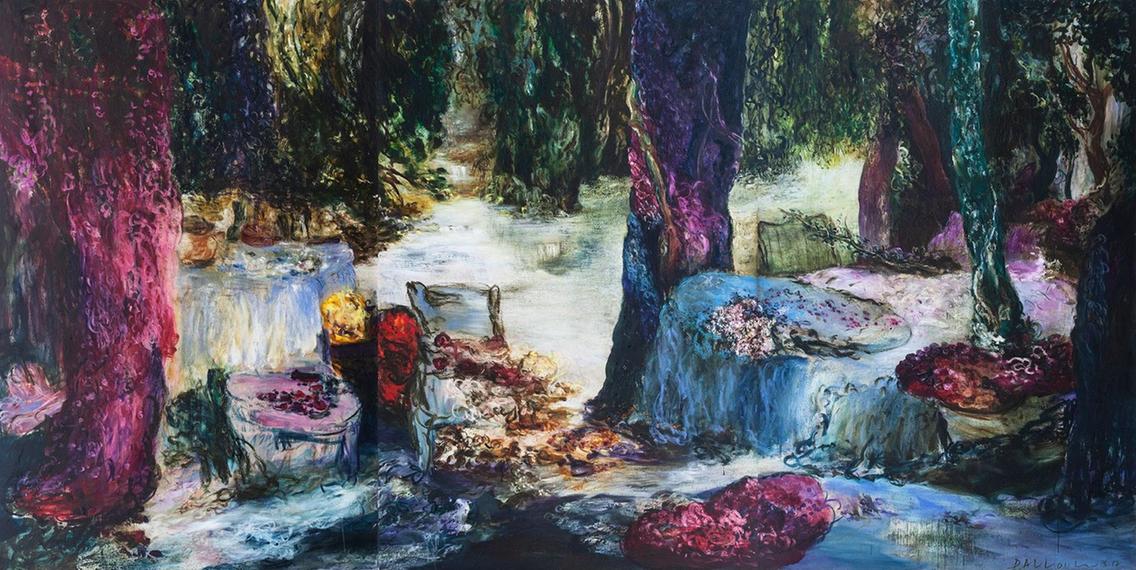
Syrian Art Showcased on Google Arts & Culture
A hyperreal drawing of a fish squeezed by rope, a dreamlike portrait of a woman cast in blue, a rich tapestry of the Citadel of Aleppo – these works by Syrian artists are under the spotlight of Google via two new online exhibits from the Atassi Foundation for Art and Culture.
The foundation is the latest Middle East art institution to join Google Arts & Culture, a free online platform where the public can access images and virtual tours of artworks, museums and cultural sites around the world.
Based in Dubai, the Atassi Foundation focuses on modern and contemporary Syrian art, and draws from the collection of the eponymous family that traces its links to art to 1986, when it established the first private art gallery in Homs.
‘It’s like a gift’: Alserkal Avenue waives rent for three months for art galleries and businesses
While coronavirus lockdowns across the globe have caused many museums and art institutions to turn to digital platforms, the launch of the UAE-based foundation’s Google Arts & Culture page comes after discussions that took place last year.
According to director Shireen Atassi, the foundation has always had its eye on the digital realm, having no physical space of its own.
“We’ve been a virtual foundation from the beginning,” she says. “We have exhibitions once a year, so we did not need a space. Having said that, we have been toying with the idea of setting up an online museum with viewing rooms. At the same time, we started talking to Google Arts & Culture… Going forward, we are looking to use the platform as a sort of online exhibition space.”
Two online exhibits currently feature on the platform, both of which have been presented in Dubai in the last two years. Visitors can virtually flip through a visual essay about the shows and read details on an exhibition’s theme, as well as the artists and works that embody it.
First exhibited in March last year, Personal Revolutions highlights some of Syria’s seminal female artists and traces the issues they have faced over generations, including the hunt for autonomy to develop their artistic practices, the female body and loss of cultural heritage due to conflict. The online version includes portraits by Dorrieh Fakhoury and Asma Fayoumi, as well as more contemporary pieces by Nour Asalia and Iman Hasbani.
The second essay is titled In the Age of New Media, a show from 2018 that argues for the timelessness of painting through six contemporary Syrian artists. It features works such as Elias Zayat’s The Gods Abandon Palmyra, a colourful, chaotic tangle of figures depicting a story of destruction and rebirth from Mesopotamian legend.
While the online exhibits do not offer virtual walkthroughs of the shows, Atassi hopes that the narrative approach will allow visitors to begin to think about Syrian art in-depth.
“For this, the narrative and image were used hand-in-hand. In my head, the way you go through it depends on what you’re trying to achieve,” she says. “Every time we put an exhibition together, it is more like we’re thinking of a story, recreating past histories and experiences in a very contemporary manner.”

